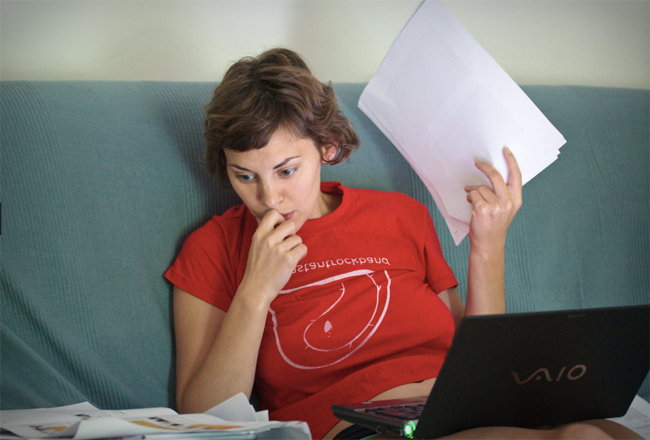Scaling a successful social media brand campaign to reach (and be relevant to) millions of people across the world is no mean feat.
A truly international campaign will be relevant across different countries, cultures, languages and timezones.
The campaign might have a great creative idea at its heart, but the structure, process, management and team behind the implementation of that idea are what will define its success.
Here are my top three things to consider when scaling a social media campaign:
1. Structure your team
This is incredibly important to get right. The right team structure means simple reporting and feedback lines, which allow you easily to gather feedback from how the campaign is performing locally. We use a hub and spoke model.
The hub
A central team (the hub) is responsible for driving the campaign strategy, developing the messages the campaign will carry, and overseeing its global implementation in line with brand guidelines.
This team creates content themes that align with the overall strategy of the campaign, but with enough flexibility that they can be adapted locally.
It’s usually made up of a number of different people:
- The global brand team.
- The agency responsible for creative.
- The central social media team (both brand and agency-side).
Local teams (the spokes) adapt the campaign to give it local relevance and impact, and collate local data and insight (through social listening programmes, for example) that can be fed back to the central hub. The ‘spokes’ comprise teams from the local client and agencies.
The central hub team analyses that data from each of the local teams, and adapts the central strategy or campaign accordingly.
You might find that a number of local regions are having the same responses to certain posts, for example, so you could optimise the campaign across regions, or even standardise certain responses to basic questions, to free up your local teams to be more creative.

2. Global campaign, localised content
While the central team sets campaign strategy and direction, it’s the job of local teams to implement the ideal campaign for their markets.
Yes, local content needs to adhere to global guidelines and themes, but content that is simply translated from a central team is unlikely to resonate locally. Use that local team to catch any issues with the campaign before it is rolled out.
Cultural references, legislation, tiny nuances in language, and things like swearing and humour will vary enormously from country to country. You need a team who is ‘culturally fluent’, who is completely immersed in the local culture and language.
Something that is offensive in the UK might be completely harmless in the US, despite a common language. You need to know that if you’re setting moderation guidelines, as well as if you’re engaging in conversations on a social media page.
3. Planning your resources
Resource planning is tricky. You need to find the perfect balance between the number of languages you need to cover, the quality and response standards you’ve set yourself, the amount of time you need on each channel, and the time, people and budget you have available.
First off, the simple question – how many languages do you need to cover? In fact, that isn’t so simple at all. Most people say: “We need to be in 10 countries, therefore we need 10 languages.” But of course, language doesn’t work like that. What if you’re in Canada, targeting Quebec? You’ll need French as well as English.
In Switzerland, you may need Italian, German and French. In Ireland, you’re probably ok to stick with English. But you might want to use Welsh in Wales. Think in languages rather than in countries.
Before you start allocating language resource, think about:
- How many languages do you need?
- How local do you need the campaign to be?
- How many hours do you need in each language?
You also need to allocate resource for quality checks in each language, and allow for holidays and sickness.
Then, you need to consider how many people you need to deliver the campaign. Some of the questions to ask are:
- What kind of traffic do you expect, based on past experience? (You can adapt this one the project is underway.) Are there any clear patterns in behaviour?
- How frequently will you post on social channels?
- How quickly do you want to respond to people on your pages?
- What engagement levels do you want?
- How quickly do you need content to be moderated?
- How many hours do you estimate you’ll need to spend on the project?
- Are you covering 24 hours on social media?
- Who will report an issue that needs immediate resolution?
Managing global social media campaigns requires a lot of planning and management, as well as excellent and consistent communication between local and central teams. Get that right at the start, and you’ll reap the benefits in how efficiently the campaign is run.
Enter The Digitals awards and showcase your finest work, your team and your clients to the global digital marketing and ecommerce community.
























No Comments